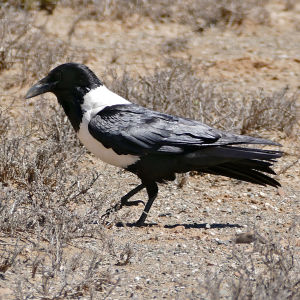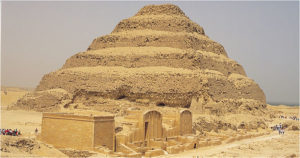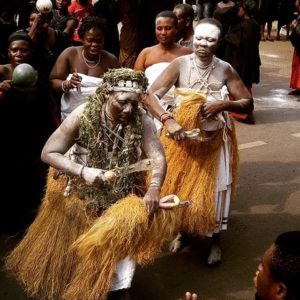The Native Indians are not a monolithic group and like Africans there are many differences even among these indigenous peoples of the same language group. I have been drawn towards the culture of the Native American Crow culture first after learning of the similarities in Akan and Crow society regarding clan and inheritance similarities. Both the Akan and the Crow Native Indian people are matrilineal and they both practice matrilineal inheritance in a very similar way. I later on learned that the Crow are so-called because the Hidatsa tribe referred to them as the ‘Children of the Large-beaked bird’, this large-beaked bird being a species of raven. Ravens and crows are virtually the same kind of bird, only that ravens tend to be a bit bigger than crows. Most importantly, I have also come to learn that Akan and Crow spirituality with regard to Divine Providence is virtually identical. For the Akan Divine Providence is called Odomankoma, for the Crow, Divine Providence is Abcadadea.
In Africa, the crow bird that is commonly found is known as the Pied Crow. This is what this bird looks like:

Here is the magpie associated with the Native American Crow people
Among the Akan, of all the clans (see The Akan, Other Africans & The Sirius Star System, section 4.2, for more on Akan clans) the members of the Asona clan, whose totem is the crow, are the most numerous. The Asona clan people are among those who migrated from the Ghana empire, and according to Eva Meyerowitz’s research, members of this clan are really descendants of the Soninke, a Mande people who migrated from the Ghana empire, founded Kumbu in Norther Ivory Coast, migrated to Fomase-Akyerekyere and to Adanse. The Asona clan today leads the Akyem and the Fante, tho major Akan groups.
Crow-type matrilineal systems
Anthropologists often compare human groups to one of 5 inheritance systems (Crow, Hawaiian, Iroquois, Omaha/Sioux, Sudanese/Islamic) common to the respective groups. The Crow and Iroquois systems are matrilineal while the Omaha system is patrilineal. Hawaiian is bilineal.
The interesting thing is that the Akan and the Bantu (originally) are matrilineal. There are other African groups in North, West and South Africa today who have the matrilineal who also have a crow-type matrilineal system of inheritance as their basis.
Among the Mossi groups of west Africa for instance, the Lobi, Birifor, Senufo, Dorosie have Crow-type systems. Malidoma Some’s Dagara are related to the Lobi and the Birifor. There are very small groups among the Plateau Nigerians of West Africa who also have the Crow system. These are the Daka, Gure, Kam and Ndoro as examples. Most of the rest of the Plateau Nigerian groups are matrilineal. Among the Bantu of central and southern Africa, the Luba, Lunda, Ekonda, Mbole are all of the same Crow pattern.
Among Native Americans, the Apache, Hopi and Navajo/Dine have Crow-type systems. There may be some others, I haven’t done a great deal of searching into this. There may be some Crow systems among the central and South American Indians as well.
In Asia it is not so common. Only one group, the Mnong Gar (or simply Mnong) of Vietnam have a Crow system. However most of the matrilineal groups in Asia are of the Iroquois system.
Article Themes: Native ceremonies, Tradition inheritance
References
Two-Leggings: the making of a Crow Warrior [Google scholar]
Plenty-Coups, chief of the Crows Google scholar]
Yellowtail, Crow medicine man and Sun Dance chief: an autobiography [Google scholar]
Related blog posts
Planetary healing and maintenance ceremonies performed by various indigenous groups
A parallel story of creation among the Akan, the Hopi and the Maori




Learn more about Native American groups, because Africans seem to be most similar to Native Americans and Polynesians than to any other collective groups